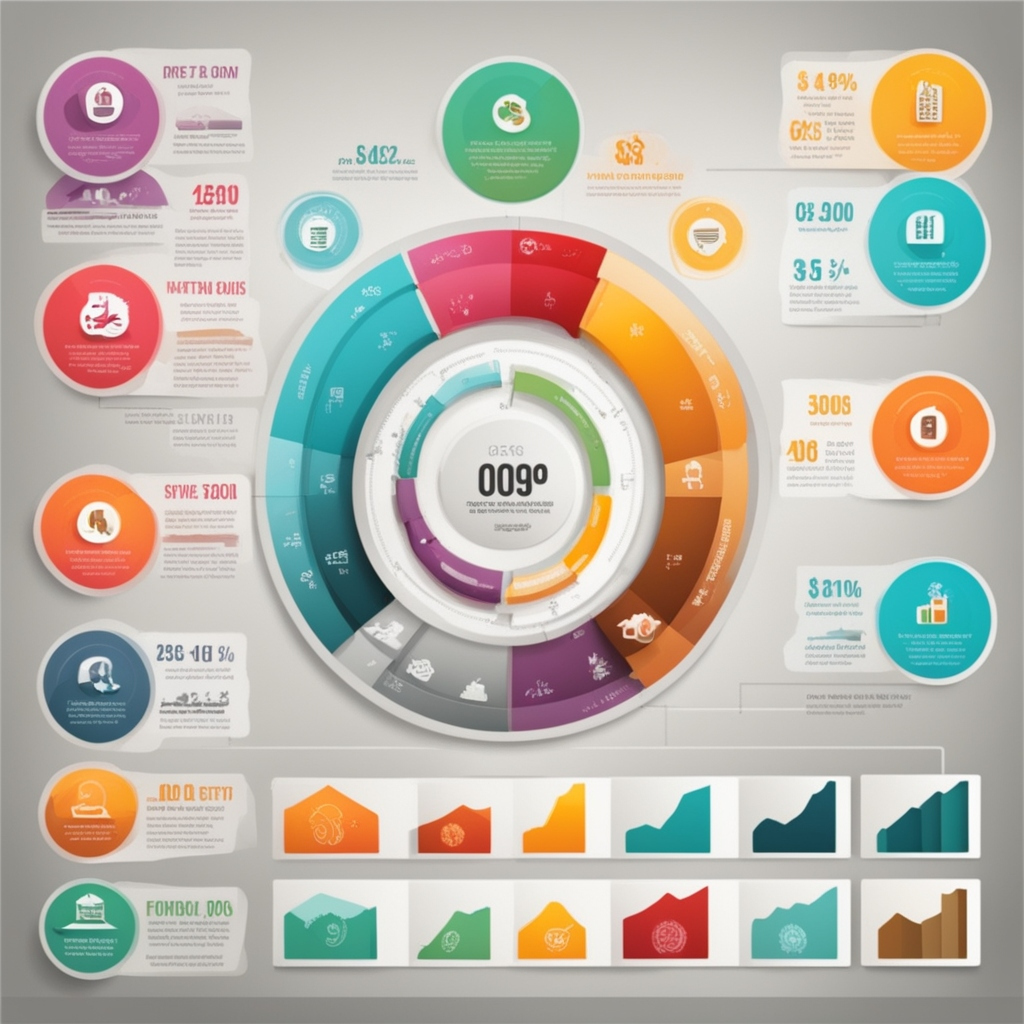Make Money By Selling DIY Home Decor Tutorials
Turning your passion for DIY (Do-It-Yourself) home decor into a profitable business is more achievable than ever. The rise of social media, video platforms, and e-commerce has created numerous opportunities for creative individuals to monetize their skills and reach a global audience. If you’re skilled at creating beautiful home decor items, why not teach others how to do it while earning money? This comprehensive guide will show you how to make money by selling DIY home decor tutorials.
Why DIY Home Decor Tutorials Are in Demand
The DIY home decor niche is booming. Homeowners and renters are increasingly interested in creating personalized, budget-friendly decor items that reflect their style. The growing interest in sustainability and upcycling has also fueled this trend. Here’s why people love DIY home decor tutorials:
- Personalization: People want unique home decor items that they can’t find in stores.
- Cost-Effective: DIY is often cheaper than buying ready-made products.
- Sustainability: Upcycling old items into beautiful decor is eco-friendly.
- Creative Satisfaction: Crafting home decor provides a sense of accomplishment.
With this high demand, you have an excellent opportunity to offer value while earning an income.
How to Create and Sell DIY Home Decor Tutorials
1. Choose Your Niche
The DIY home decor market is vast. Narrowing your focus will help you stand out and target a specific audience. Some popular niches include:
- Rustic and Farmhouse Decor
- Boho-Chic Decor
- Minimalist and Modern Styles
- Upcycled and Repurposed Decor
- Seasonal and Holiday-Themed Decor
2. Develop Your Content
Your tutorials should be clear, engaging, and easy to follow. Consider these tips when creating your content:
- Plan Your Projects: Choose projects that are achievable for your target audience. Start with simple projects and gradually introduce more advanced ones.
- Create Step-by-Step Guides: Break down each project into manageable steps with photos or videos for each stage.
- Use High-Quality Visuals: Clear, well-lit photos and videos make a huge difference in how your tutorials are perceived.
- Provide Detailed Instructions: Include a list of materials, tools, and estimated costs.
3. Select the Best Platform for Selling
There are multiple platforms where you can sell your DIY home decor tutorials. The best platform depends on your content format and target audience.
- YouTube (for free tutorials with monetization through ads and sponsorships)
- Patreon (for exclusive, subscription-based content)
- Etsy (for downloadable PDF guides or videos)
- Teachable & Udemy (for structured online courses)
- Instagram & TikTok (for promotion and shorter tutorials)
4. Monetization Strategies
There are several ways to make money from DIY home decor tutorials. Here’s how you can maximize your earnings:
a. Paid Downloads and Courses
Sell detailed, step-by-step guides or video tutorials as digital downloads or online courses.
b. YouTube Ad Revenue
If you create video tutorials, you can monetize them on YouTube. Once your channel meets the eligibility requirements, you can earn through ads.
c. Sponsorships and Brand Collaborations
As your audience grows, brands will be interested in working with you to promote their products.
d. Affiliate Marketing
Recommend tools and materials used in your tutorials and earn a commission when your audience purchases through your affiliate links.
e. Membership Platforms
Platforms like Patreon allow you to offer exclusive content for paying members.
5. Build Your Brand and Audience
Consistency and engagement are key to growing your business.
- Create a Content Schedule: Post new tutorials regularly to keep your audience engaged.
- Engage with Your Audience: Respond to comments, answer questions, and encourage feedback.
- Collaborate with Other Creators: Partner with other DIY influencers to reach new audiences.
- Leverage Social Media: Use Instagram, TikTok, and Pinterest to promote your tutorials and drive traffic to your sales platform.
6. Optimize for SEO
Search engine optimization (SEO) will help people find your content online.
- Use Keywords: Identify and use relevant keywords like “DIY home decor,” “upcycled furniture,” or “rustic decor tutorial” in your titles and descriptions.
- Create Catchy Titles: Titles should be descriptive and engaging to attract clicks.
- Add Tags and Descriptions: Optimize every video or post with detailed descriptions and tags.
Tips for Success
- Stay Trendy: Keep up with the latest home decor trends and incorporate them into your tutorials.
- Focus on Quality: High-quality content will set you apart from the competition.
- Be Authentic: Share your personal style and story to connect with your audience on a deeper level.
- Offer Value: Your content should always provide value—whether it’s a time-saving tip, a money-saving hack, or a unique design idea.
- Be Patient and Persistent: Building a profitable business takes time. Stay consistent and adapt as you learn.
Making money by selling DIY home decor tutorials is a rewarding venture that combines creativity, teaching, and entrepreneurship. With the right strategy, you can turn your passion into a sustainable income source. Whether you’re creating step-by-step guides, video tutorials, or online courses, there are countless ways to monetize your content and reach a global audience. Start small, stay consistent, and watch your DIY business flourish!
If you’re ready to dive in, take the first step today by identifying your niche and creating your first tutorial. Happy crafting—and happy earning!











